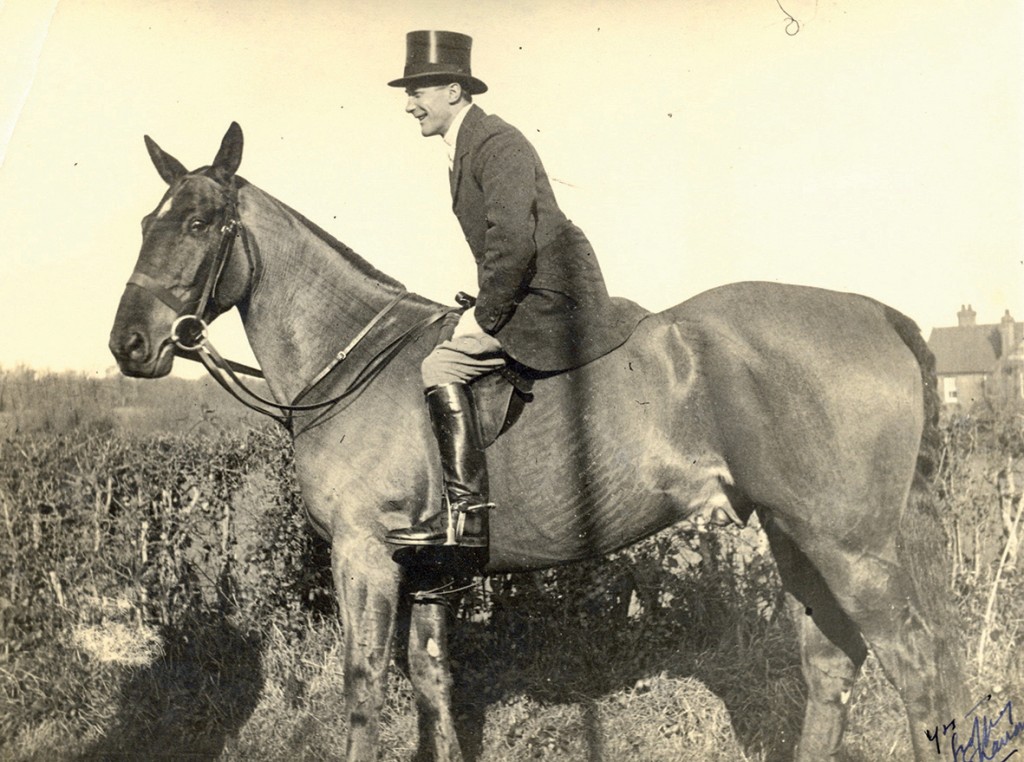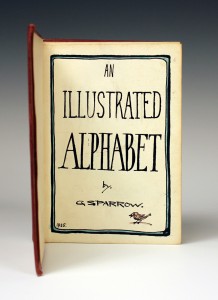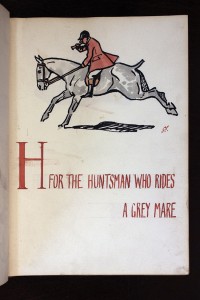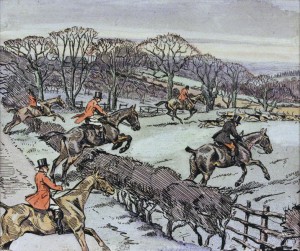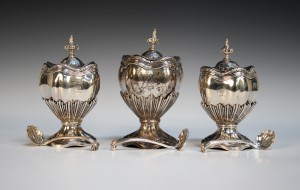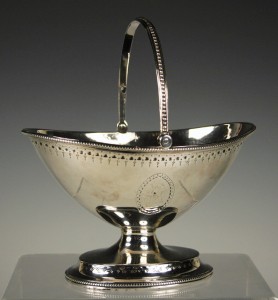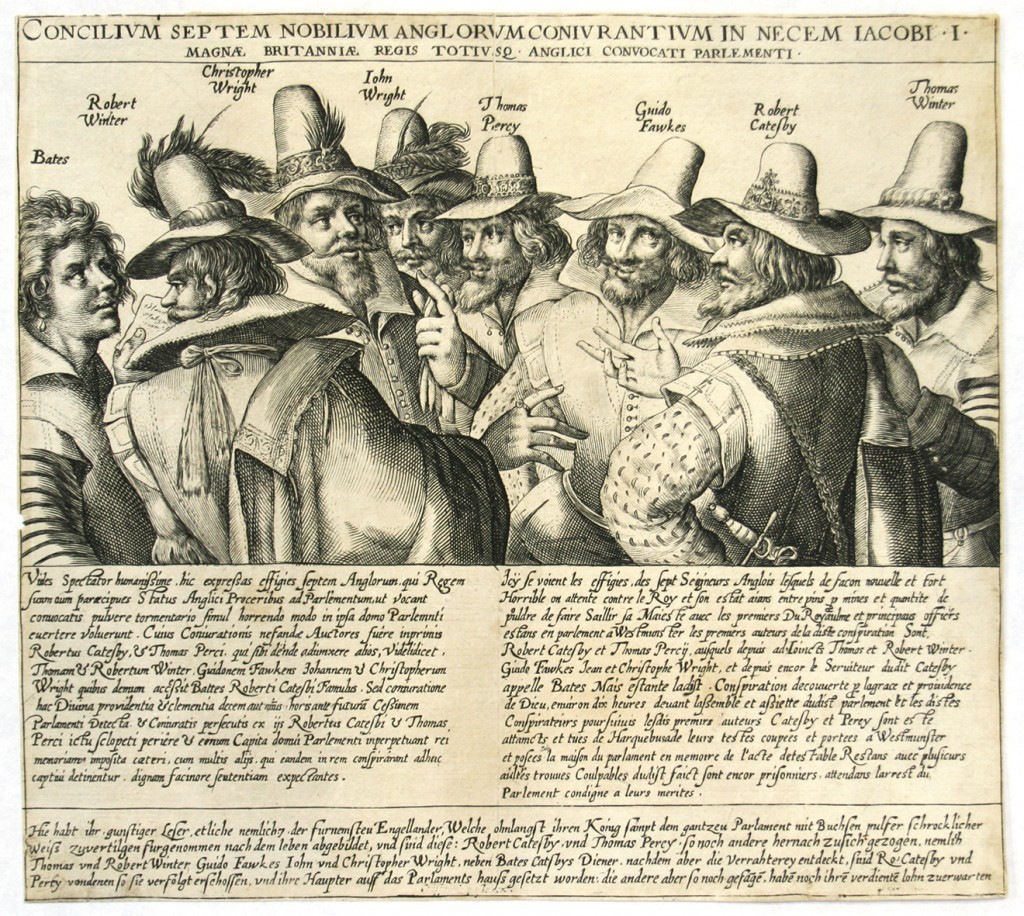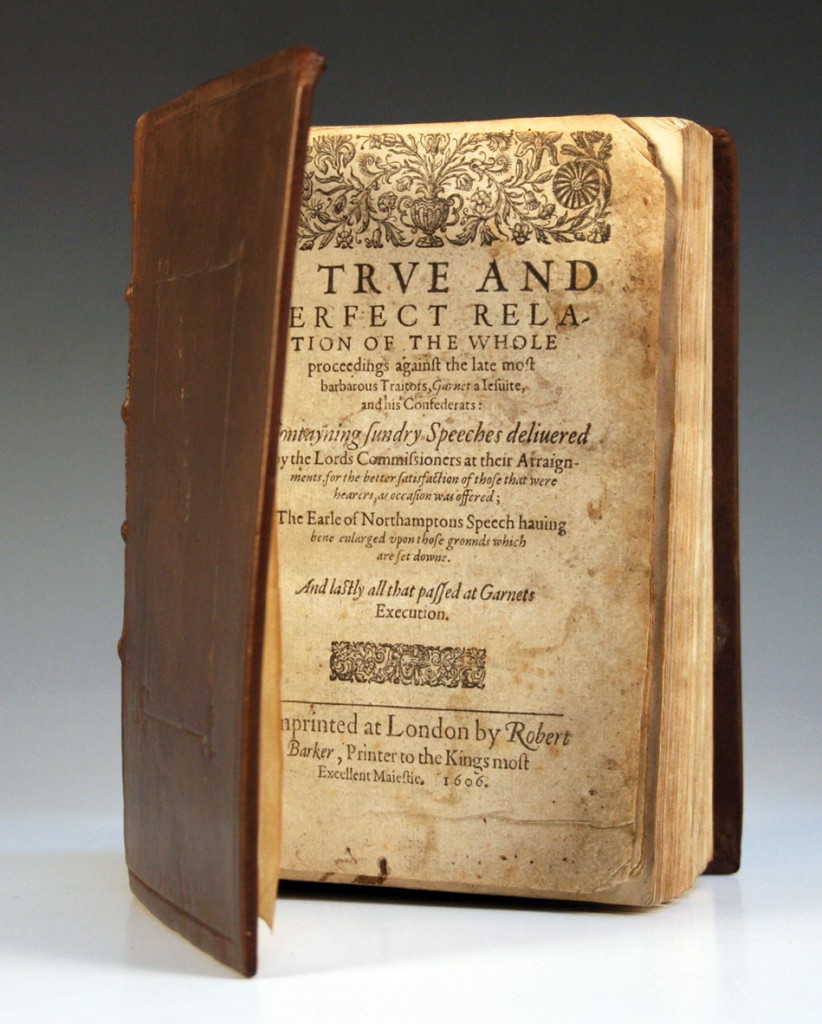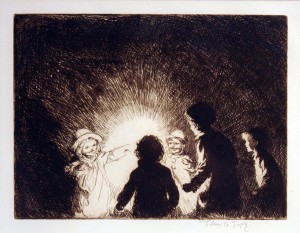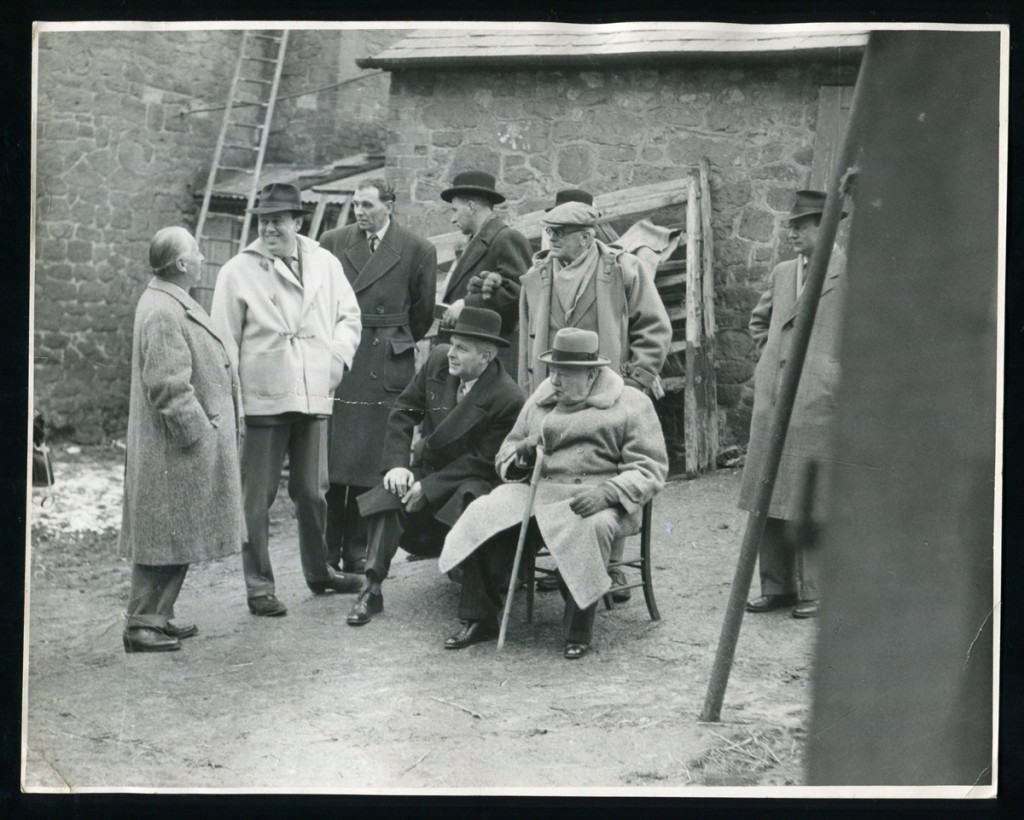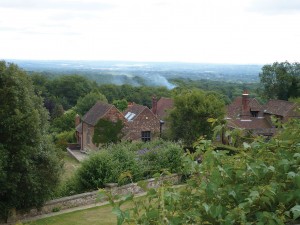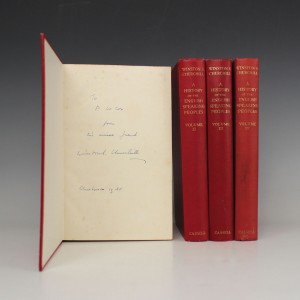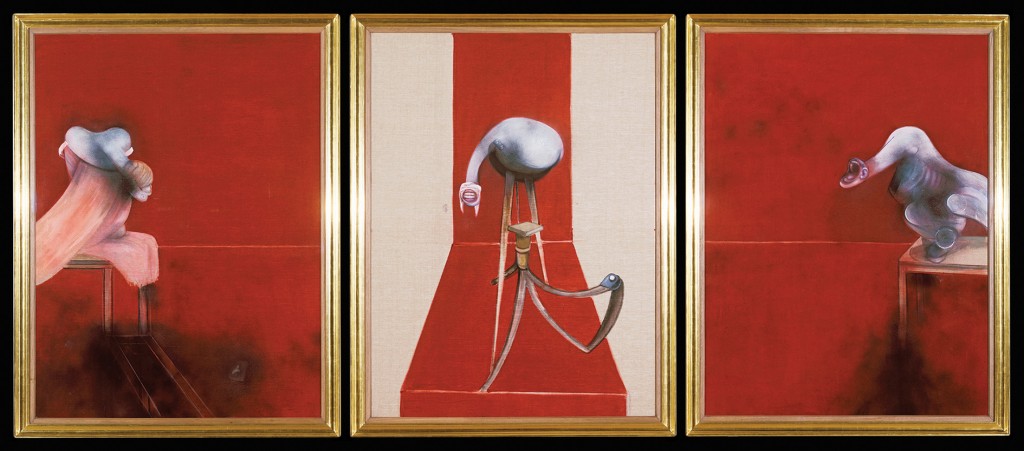
Francis Bacon, Henry Moore – Flesh and Bone is an extraordinary exhibition, currently showing at the Ashmolean Museum in Oxford. The exhibition brings together the work of two of the most important Modern British artists of the 20th century, Francis Bacon (1909-1992) and Henry Moore (1898-1986).
Henry Moore’s work, especially from the earlier part of his career, like Madonna and Child, carved in the warm hues of Hornton stone in 1943 and 1944 for St. Matthew’s, Northampton, conveys to me a quality of reverence, universal hope, strength and endurance. The theme of mother and child is one Moore would return to often, especially after the Second World War. For many, Francis Bacon’s figures offer a nihilistic world view; the bones of his subjects have a dissolving, disintegrating effect, suggesting an arbitrary existence subject to chance. Indeed, some people find Bacon’s images profoundly disturbing. The Ashmolean Museum’s Head of Exhibitions, Agnes Valenčak, however, provides an alternative view. She argues that it is not Henry Moore but Francis Bacon who best captures human suffering with understanding, integrity and empathy. Agnes has spent a considerable amount of time exploring and researching the body of work represented in this exhibition. Her perspectives offer fresh insight. While acknowledging the hope expressed in Moore’s earlier sculptures, Agnes says, “I find Francis Bacon’s work less harsh than Henry Moore’s. A lot of Bacon’s images appear painful but show a deep understanding and tolerance.” The Francis Bacon triptych Second Version of Triptych 1944 was painted in 1988. Agnes notes two differences from the original 1944 triptych: “Bacon is copying himself, as with the work of earlier artists. There are few changes, dimensions – a formal choice. He hardly changes the figures between the first and the second but there is more space in the composition.” The later version is larger than the original version and less cruel. The bared teeth of the person in the central panel are reminiscent of the horse in Picasso’s Guernica. The figures have a deformed physical appearance.
Francis Bacon chose to subvert the Christian iconography and the title of the 1944 triptych Three Studies for Figures at the base of the Crucifixion by identifying his distorted figures with the vengeful Greek Furies from classical mythology, who lacked mercy and forgiveness. In all this, Bacon the atheist was challenging us to remain open-minded and questioning about the ‘lenses’ through which we view the world. As a Christian, I feel an empathy with this triptych nonetheless. Francis Bacon captures this bleak moment in the Easter story, filled with cruelty, suffering, anguish and sorrow as Christ dies on the cross, attended by his mother St. Mary, St. Mary Magdalene and St. John. It is an image devoid of hope. At this point in the narrative, Christ’s resurrection is still unknown; it has not yet happened.
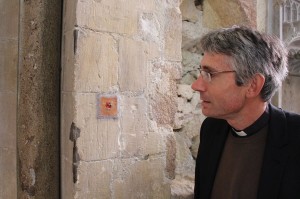
Francis Bacon’s friend, admirer and fellow artist Michael Clark continued the theme of flesh and bone in a series of works, titled Wounds of Christ. A group of five of these works is to be found at Chichester Cathedral in Sussex but they are easy to miss. I was introduced to them by my friend the Reverend Canon Dr Anthony Cane, who is Chancellor at the Cathedral. I ask Anthony what the wounds mean to him and he answers, “When I see Michael Clark’s Wounds of Christ, they remind me that the imposing Cathedral building would not exist without the particular flesh and blood of a human life, a life visibly marked by suffering. The five wounds are mapped on to the cruciform shape of the architecture, so that the very space I walk through becomes the body of Christ. Most artworks are looked at; this one is lived within.”
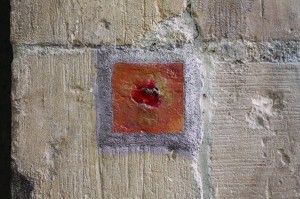
I am interested to find out whether one of the wounds particularly speaks to him. Anthony responds, “The wound in the south transept, the ‘left hand’ of Christ, is the one I see most often as I walk past it on the way to the altar for one of our daily services of Holy Communion.” He pauses, then says, “At the heart of that service is a story of wounded love and God’s compassion for all who are scarred and marked by life. Clark’s small glazed square [lesion], placed where it is in the Cathedral, evokes the relationship between love and pain but it also speaks of resurrection – bodily wounding and death are not the last word.” He concludes, “In the end, Clark’s work speaks to me of hope as well as suffering.”
Francis Bacon, Henry Moore – Flesh and Bone runs at the Ashmolean Museum, Oxford, until 19th January 2014. Agnes Valenčak’s inspiration and hard work deserve to be celebrated. This courageous and exceptional exhibition explores what it is to be a human creature through the work of these two great 20th century British artists, who speak with a directness and an honesty which challenge us. It is, however, an exhibition which, like Michael Clark’s Wounds of Christ, speaks of both hope and sorrow. These works help us to glimpse the complicated beauty of being human. I cannot recommend this exhibition highly enough to you; for further information go to www.ashmolean.org. The Wounds of Christ can be seen at Chichester Cathedral, which is open daily, and admission is free. To find out more about services and events go to www.chichestercathedral.org.uk.
By Revd. Rupert Toovey. Originally published on 4th December 2013 in the West Sussex Gazette.
